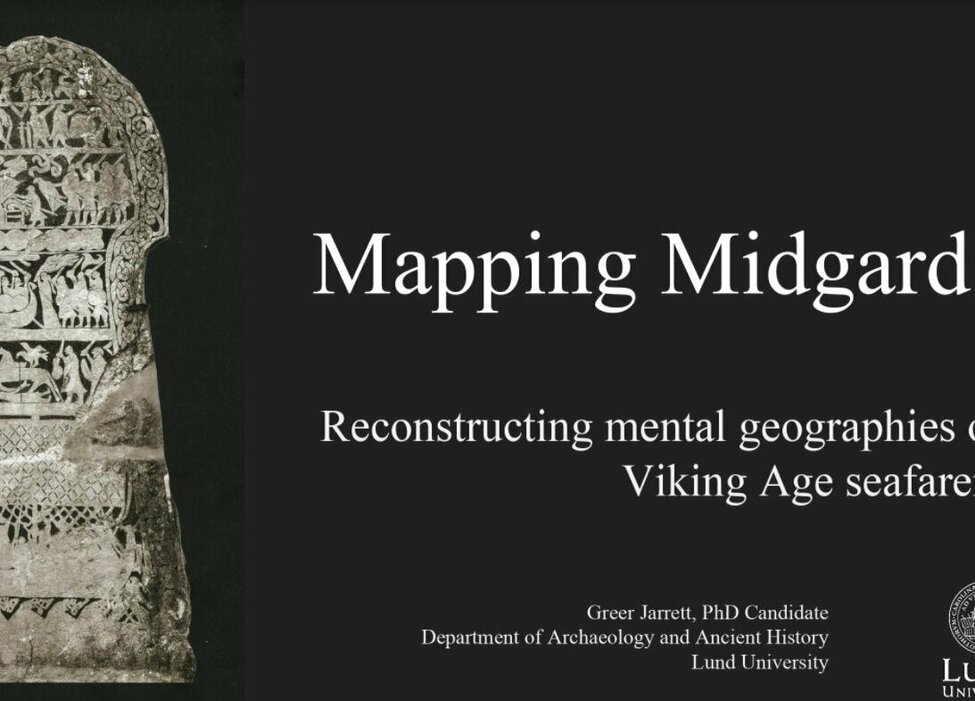In this project, I aim to explore how Norse seafarers from the 9th to the 12th century conceived of the world/s they inhabited and propose some possible ways of reconstructing and representing these worldviews, so as to (a) examine several salient questions about Norse culture and archaeology and (b) contribute to the development of alternative methods of archaeological representation and analysis. Conventional representation techniques in archaeology have proven to be less than ideal for exploring the experiences, beliefs and cosmologies of past cultures, and over the last few decades, a range of alternative critical methods have received scholarly attention, originating both in the rise of digital technologies and in the efforts of subaltern communities to illustrate their beliefs, histories and land claims. Drawing on this creative diversity, I aim to design a series of bespoke representations that can be used as heuristic tools for questions about Norse seafaring and Norse mental geographies. These shall take the form of maps, but shall be based on experiential factors such as movement and subjectivity that are rarely included in conventional cartography. My data shall include both quantitative elements such as environmental conditions, sailing routes and voyage duration, but also qualitative elements such as the presence of (super)natural beings and the location of ritual/mythologised sites and landscapes. I hope that this attempt will illustrate the validity of using modern technologies for transcultural research and offer an alternative and hopefully fruitful method for exploring the Norse world.
Mapping Midgard: Reconstructing Mental Geographies of Viking Age Seafarers
Published 2 December 2020

On Thursday, Dec 3rd at 15.15 Greer Jarrett, doctoral student at Lund University and member of the DARKLab will present his PhD project. His research revolves around experiential studies of Viking Age seafaring and focuses on alternative ways of representing and disseminating experiential data via critical cartography. Greer is developing an innovative methodology for integrating time into archaeological mapping using GIS and isochronal cartography. The seminar will be given on zoom if you want to join contact Nicolo Dellunto (nicolo.dellunto@ark.lu.se)
2024-04-04
Upcoming workshop on advanced 3D archaeological documentation and linked open data!
2024-02-09
New article by Paola Derudas & Brendan Foley published in Acta Archaeologica!
2024-01-30
Research at Geomatics, Karlstads universitet
2023-11-07
New article on semantic modelling of archaeological excavation data!
2023-11-02
Tuesday lecture in digital archaeology at the Blekinge Museum!
